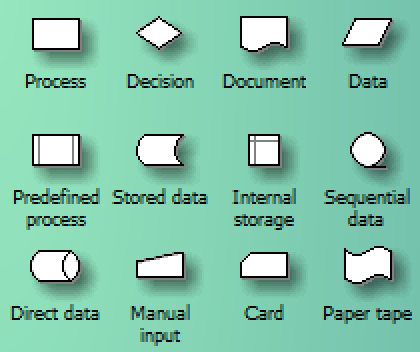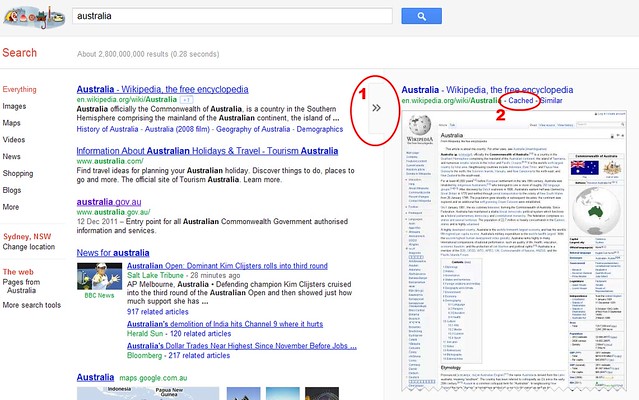RIP Jack Tramiel, 1928-2012.
Errors using AttachDBfilename and SQLEXPRESS when migrating dev code to production servers
One of the developers at work had used the Visual Studio web authentication tool thingy, which created an SQL Server Express database which was configured in his web.config to attach the file for use.
When migrating this to a server that has SQL Server (not SQL Server Express) this obviously doesn’t work; you get connection errors.
As this useful post says:
AttachDBFilename is unique to SQL Express, it spins up a user instance of SQL Express attached to a specific DB Filename for single user mode. Database is simply the name of the database to use, it has no additional connotation. For any production server, you would most likely not be using AttachDBFilename. It is strictly useful for development and experimentation in single-user mode.
The answer is to attach the MDF (database file) to SQL Server. You may want to change the database name; it seems to just plonk in the original filename (with path) there, which is pretty unwieldly.
Create an SQL Server login, and a database user (linked to the login) for it (I gave it the dbowner role, though it’s probably possible to restrict it a bit more), and then change the web.config:
- “data source=.\SQLEXPRESS;” becomes “Server=(local);”
- “AttachDBFilename=|DataDirectory|\aspnetdb.mdf” becomes “Database=[databasename]; User=[username]; Password=[password]”
- “User Instance=true” needs to be removed
Cross your fingers and hopefully that’ll work.
On an HTC Desire S, press Power and Home to take a screen shot
Blogger introduces country domains, breaks some addons
Blogger has split itself into separate country domains, such as blogspot.com for US, blogspot.co.uk for UK, blogspot.com.au for AU.
But what’s really puzzling is that these apply to the user, not the blog. The blog may be visible on a multitude of different blogspot country domains, dependent on where the user is located.
This has broken a number of addon tools, such as commenting and social networking.
More details at Girl Does Geek
How to override it (though it only lists a few of the country domains; you’d need to find as many as possible to add in to make it work for everybody)
— It rather appears that Google/Blogger didn’t think too carefully about this.
Greens MP Adam Bandt had a Commodore 64
I rise to speak on the Classification (Publications, Films and Computer Games) Amendment (R 18+ Computer Games) Bill 2012. I am sorry that I cannot join in the debate about slide rules and slates, but, like the member for Solomon, I do remember having the Commodore 64. I do remember that, to play a computer game, you had to sit and wait for a tape player to load a game for about half an hour, and hope that it did not get caught some way through it, so that you could play a game of Aztec Challenge or Soccer. The most violent it got then was that a gorilla might throw a barrel at your head while your character was playing, but that was about it. But things have moved on enormously since then. There have been advancements in technology, advancements in innovation and advancements in people’s creativity, and that is a good thing. It is extraordinarily to be welcomed. But it is time for the law to catch up.
Make the mouse scroll wheel work in VB6
Still maintaining ancient VB6 code, and wishing the mouse scroll wheel would work in the IDE? Microsoft has the solution, via a VB add-in. Q837910: Mouse wheel events do not work in the Visual Basic 6.0 IDE.
(Or for some reason if you reject the add-in, you can downgrade back to Intellipoint 4.12… doesn’t sound like a terrific idea to me.)
Windows 8 preview
The Windows 8 Consumer Preview is now available for free download.
ZD Net has an article describing how to set it up in Virtual Box, and how much power your box needs to run it properly. Good way to try it out, I reckon.
Might have a play on the weekend.
VirtualBox could not open the medium: you’re not the old you
I recently had reason to restart an old virtual machine on VirtualBox running on my Ubuntu machine, and was presented with the error:
Failed to start the virtual machine XP Install 2.
Medium ‘/home/net2/.VirtualBox/Machines/XP Install 2/Snapshots/{70eab271-a63d-4bff-aa7b-8ac8b713e3b6}.vdi’ is not accessible. Could not open the medium ‘/home/net2/.VirtualBox/Machines/XP Install 2/Snapshots/{70eab271-a63d-4bff-aa7b-8ac8b713e3b6}.vdi’.
VD: error VERR_FILE_NOT_FOUND opening image file ‘/home/net2/.VirtualBox/Machines/XP Install 2/Snapshots/{70eab271-a63d-4bff-aa7b-8ac8b713e3b6}.vdi’ (VERR_FILE_NOT_FOUND).
I figured that somehow the backup had been hosed, as it had been through a couple of restores and system migrations. A ls of the above failed with
ls: cannot access /home/net2/.VirtualBox/Machines/XP: No such file or directory
ls: cannot access Install: No such file or directory
ls: cannot access 2/Snapshots/{70eab271-a63d-4bff-aa7b-8ac8b713e3b6}.vdi: No such file or directory
And then it occured to me that I was running under a different username now. As such:
cd /home sudo ln -s josh net2
solved the problem with the computer is completely fooled into believing that net2 is still a user on this machine. Well, for the purposes of VirtualBox anyway.
Android: Ice Cream Sandwich upgrades
Computerworld has a list (that they are continuing to update) of which devices are getting Google Android 4 (Ice cream sandwich).
Alas, there’s no news of some phones, including my HTC Desire S. (The Desire non-S is looking very iffy, apparently.) There is a hacky way of getting it onto a Desire S… if you’re willing to forego being able to use the camera. No thanks. No doubt some other devices have this option available too, for the hardcore.
The bigger picture on this is that with a myriad of phone manufacturers, Android updates are a lot more hit and miss than Apple’s, where Apple’s absolute control clearly benefits customers by making operating system updates available quickly on all recent models of phone.
Old shapes in Visio
I know I’m using an old (2003) version of Visio, but seriously… paper tape?

(I suppose these days “cards” could refer to some kind of portable storage, though I bet it really means punch cards.)
Wikipedia is now blacked out
Wikipedia is now blacked-out for 24 hours.
Note that at the time of writing, clicking the “Learn more” link takes you to a page that momentarily has more information, but then itself gets blacked-out. D’oh. I’m guessing they’ll fix that soon.
I’m guessing the Google Cache will get a good workout in the next 24 hours. To use it, search Google as normal; look for the Wikipedia link, and click the right button [1] to make the cache preview appear, then click the “Cached” link [2] to look at it in full size.
Top spams
The work email server spam filter does not simply reject everything suspicious – this would risk us losing legitimate emails, something made worse by some companies choosing to send invoices and remittances as PDF attachments with no accompanying text whatsoever, something the mail server considers dodgy.
So (until I work out a better, foolproof automated process, or take the time to properly tweak the spam settings on the server) I manually look through some of the doubtful messages to pluck out those that are not actually spam.
The most common types of spam messages caught seem to be…
5. Your credit card is blocked (enter all your details into our dodgy web site)…
4. Work from home and earn $$$…
3. Marry a gorgeous Russian girl…
2. Cheap replica watches (Rolex etc)…
1. Cheap medicine to help gentlemen with, err, size-related personal problems.
…though it appears cheap Canadian pharmacies are also gaining in popularity, despite this being for a .com.au address.



